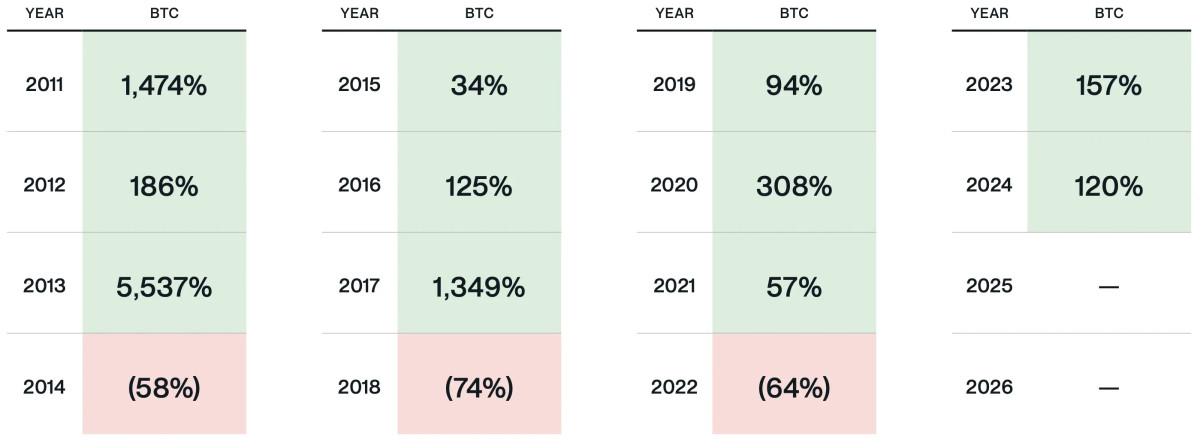
The 2022 bear market is impacting BTC miners in more extreme ways than previous downturns, especially with so many publicly listed miners struggling with their debt obligations.
Bitcoin (BTC) mining is the backbone of the BTC ecosystem and miners’ returns also provide insight into BTC’s price movements and the health of the wider crypto sector.
It is well-documented that Bitcoin miners are struggling in the current bear market. Blockstream, a leading Bitcoin miner, recently raised funds at a 70% discount.
Current mining activity shares similarities to historic BTC bear markets with a few caveats.
Let’s explore what this means for the current Bitcoin cycle.
Analysis shows that based on previous cycles the bear market may continue
Bitcoin mining profitability can be measured by taking the miner’s revenue per kilowatt hour (kWh). According to Jaran Mellerud, a Bitcoin analyst for Hashrate Index, a BTC mining bear market has a sustained period of revenue per kWh of less than $0.25. Under his assumption, he calculates using the most efficient Bitcoin mining machine on the market.
The 2018 bear market lasted nearly a year, sending kWh to a bottom of $0.12. Following the downtrend, a short bull market commenced until the 2019 bear market began.
According to Mellerud, the 2019 bear market produced all-time low revenue per kWh of $0.083 and lasted 463 days, while Bitcoin price dropped to $5,000.
The most recent mining bear market started in April 2022, according to Mellerud’s analysis of revenue per kWh. As of Dec. 8, the current bear market has lasted for 225 days with a minimum revenue of $0.108 per kWh. The number is higher than in previous bear cycles due to high energy prices.

Comparing the current bear mining cycles, a minimum of 138 bear market days may continue before the market turns. The difference between this period and past cycles is that previously, miners were mainly self-funded, whereas now, there are many miners that funded their rapid growth with debt.
Public mining stocks feel the pain
At its peak, Bitcoin mining stocks reached a cumulative value of over $17 billion in the 2021 bull market. The bull market increased investor interest and spurred growth in BTC mining stocks skyrocketed from $2 billion in Nov. 2020.
After reaching the bull market peak in 2021, crypto mining stocks are under immense pressure, with many falling by 90%.

The immense amount of debt taken on by public mining firms taken at Bitcoin’s all-time high is creating a massive debt-to-equity ratio.
Mirror, mirror on the wall, who are the strongest public #bitcoin miners of them all? pic.twitter.com/pnpypsxcAu
— Jaran Mellerud (@JMellerud) December 5, 2022
A great example of how the bear market is increasing miners’ reliance on debt is to look at Core Scientific. Before the mining bear market in April, Core Scientific had a mere 0.6 debt-to-equity ratio. Since the start of the bear market, that number has grown to over 24.2 debt-to-equity.

With the Bitcoin mining bear market expected to continue based on past historic BTC trends, more public miners will face equity squeezes. As miner debt continues to grow, investors may get spooked, creating even more depressed prices in the stock market.
The views, thoughts and opinions expressed here are the authors’ alone and do not necessarily reflect or represent the views and opinions of Cointelegraph.

You can get bonuses upto $100 FREE BONUS when you:
💰 Install these recommended apps:
💲 SocialGood - 100% Crypto Back on Everyday Shopping
💲 xPortal - The DeFi For The Next Billion
💲 CryptoTab Browser - Lightweight, fast, and ready to mine!
💰 Register on these recommended exchanges:
🟡 Binance🟡 Bitfinex🟡 Bitmart🟡 Bittrex🟡 Bitget
🟡 CoinEx🟡 Crypto.com🟡 Gate.io🟡 Huobi🟡 Kucoin.




















Comments